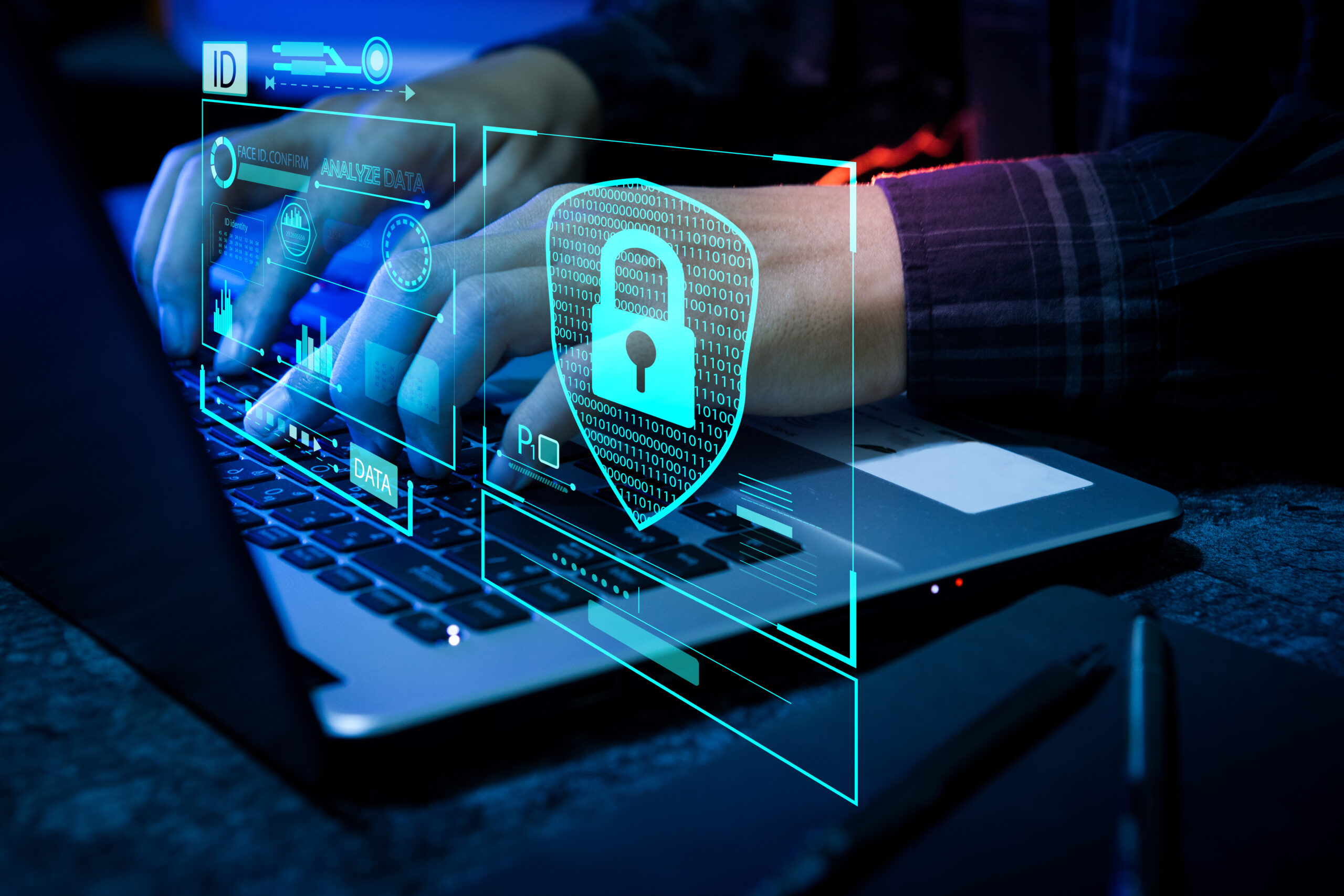
Cybercrime in the Modern Business Landscape
Understanding cybercrime in the modern business landscape is crucial for teams to stay protected. As we know, cybercrime presents a significant threat to organizations worldwide. Defined as criminal activity targeting or utilizing computers, networks, or networked devices, cybercrime is primarily perpetrated by cybercriminals or hackers driven by financial motives. However, it’s worth noting that cybercrime can also have political or personal motivations.
Top 3 Common Cybercrimes
Phishing/Spoofing: Phishing involves deceptive tactics aimed at persuading recipients to perform actions desired by attackers, such as clicking on malicious links or opening harmful attachments. Spoofing enhances certain attacks, making them more convincing or effective.
Personal Data Breach: A personal data breach entails the unauthorized access, disclosure, or alteration of personal data, whether accidental or intentional. These breaches can result from various causes and extend beyond mere data loss, impacting individuals’ privacy and organizational integrity.
Non-payment / non-delivery: These scams involve instances where either payment for goods/services is made but not received, or goods/services are delivered without payment. Such schemes exploit vulnerabilities in online transactions, leading to financial losses and diminished trust.
Impact of Cybercrime on Businesses
The ramifications of cybercrime on businesses are profound and multifaceted. From financial losses to operational disruptions, legal liabilities, and reputational damage, the consequences can be severe. As cyber threats evolve in complexity, organizations must prioritize cybersecurity to safeguard their assets and uphold their reputations.
Protecting your organization against cybercrime mitigating the risks posed by cybercrime necessitates a holistic approach encompassing technical, procedural, and human-centric strategies.
Here are key measures to consider:
Deploy Robust Cybersecurity Measures: Leverage a suite of cybersecurity technologies, including firewalls, antivirus software, encryption, and intrusion detection systems, to fortify your organization’s defenses against cyber threats.
Maintain Software and System Updates: Regularly update software, operating systems, and applications to patch vulnerabilities exploited by cybercriminals, thereby bolstering your organization’s resilience to cyberattacks.
Enforce Strong Access Controls: Implement stringent access controls and least privilege principles to restrict access to sensitive data and systems, mitigating the risk of unauthorized access or data breaches.
Educate Employees on Cybersecurity Awareness: Empower employees with best practices to enhance their ability to recognize and respond to potential threats, minimizing the likelihood of successful cyberattacks.
Secure Remote Access: With the rise of remote work, ensure the security of remote access to corporate networks through the use of VPNs, secure remote desktop protocols, and endpoint security solutions.
Implement Regular Data Backups: Establish robust data backup procedures to safeguard critical data against ransomware attacks, data breaches, or system failures, ensuring business continuity and data integrity.
Monitor for Suspicious Activity: Deploy continuous monitoring solutions to detect and respond to anomalous or malicious activity on your network and systems, proactively thwarting cyber threats.
Develop an Incident Response Plan: Create a comprehensive incident response plan outlining procedures for containing, investigating, and mitigating online incidents, bolstering your organization’s resilience in the face of cyber threats.
Engage Security Experts: Consider collaborating with security experts, such as O-Lux Technologies, to conduct regular security assessments and vulnerability testing, leveraging external expertise to strengthen your organization’s security posture.
Stay Informed and Adaptive: Stay abreast of evolving cyber threats, trends, and best practices in online security, enabling your organization to adapt and refine its security measures to effectively combat emerging threats.
By adopting these proactive measures, organizations can safeguard their assets, preserve their reputations, and mitigate the risks posed by cybercrime in today’s digital landscape.
Recent Posts
Phishing Emails 101
Phishing emails have become a pervasive threat in the digital world, targeting [...]
Understanding Network Infrastructure: The Backbone of Modern Business
In today's digital age, having a robust network infrastructure is critical for [...]
Artificial Intelligence: What You Need to Know
Artificial intelligence (AI) represents a paradigm shift in computer systems, empowering them [...]
Cybercrime in the Modern Business Landscape
Understanding cybercrime in the modern business landscape is crucial for teams to [...]
Understanding Antivirus Software
Antivirus software serves as a vital shield against various forms of digital [...]




